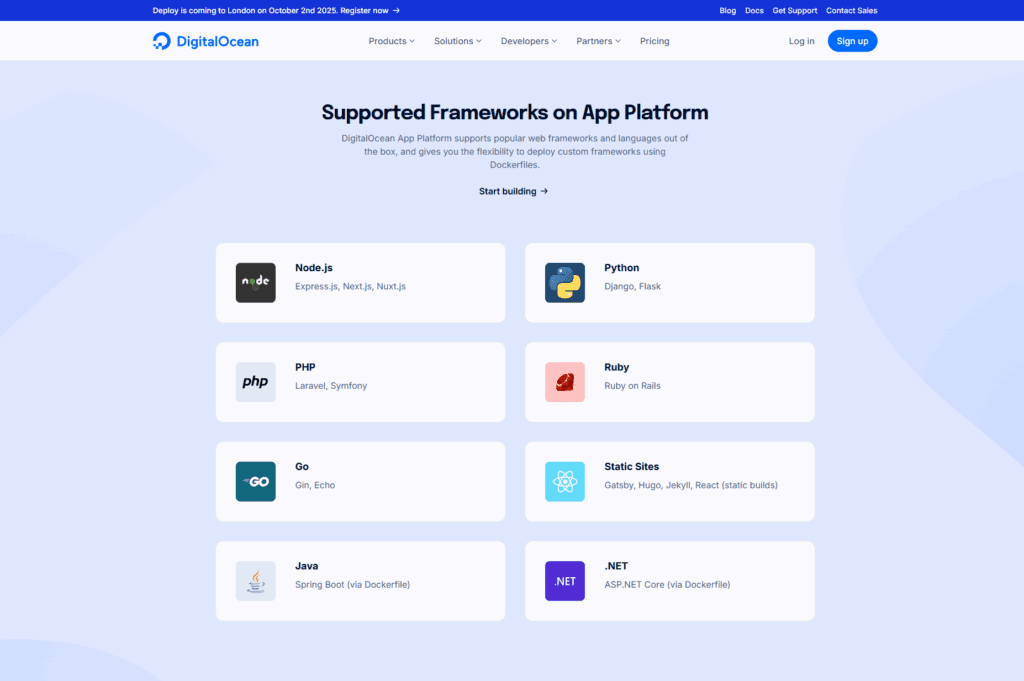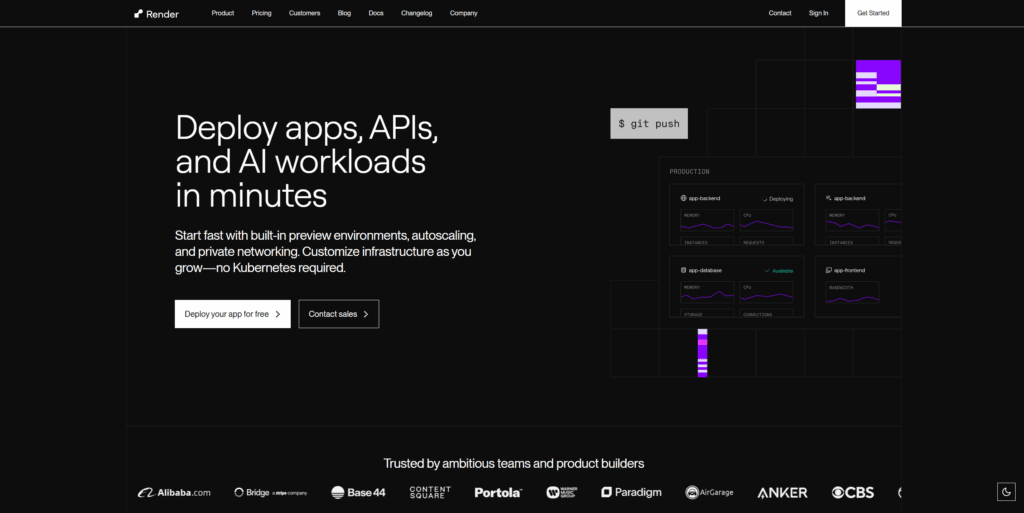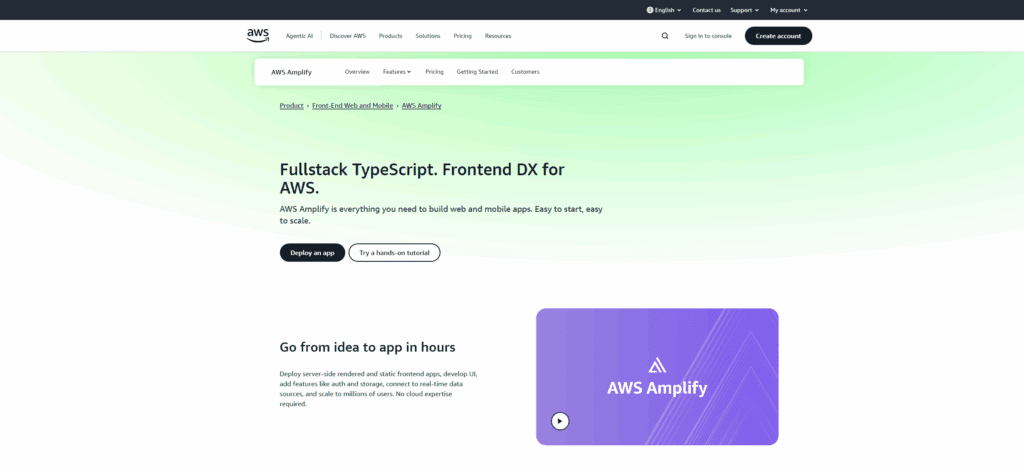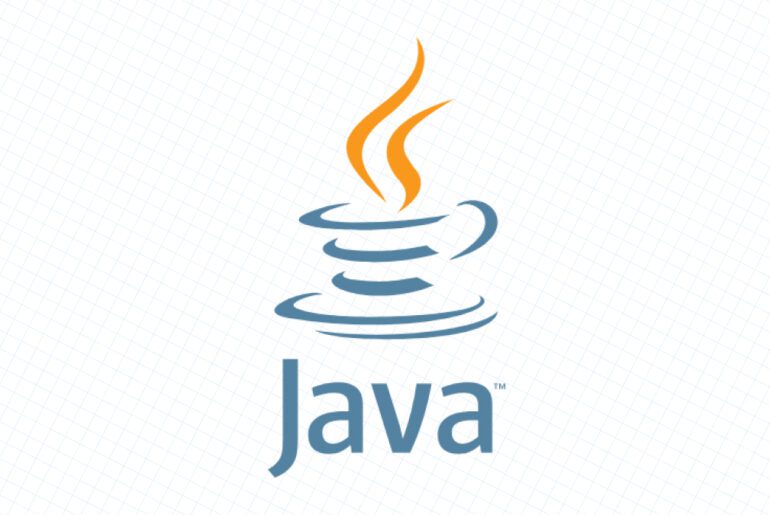When Vercel (formerly Zeit) burst into the scene, it felt like the promise of “zero-ops frontends” had finally arrived. You push a branch, it builds, it deploys, routing and CDN handled. Over time, Next.js deepened the bond: Vercel became the platform many front-end developers defaulted to.
But in 2025, two things have sharpened the conversation:
- Business pressure and pricing. As Vercel’s usage model matured, costs creep in. For smaller teams, hobby projects, or multi-environment staging setups, the bills add up. Some people question whether the convenience is worth the expense in the mid-scale.
- Reputational and governance risks. In September 2025, news broke that Vercel’s CEO Guillermo Rauch met with Netanyahu during a tech + AI event in Israel. That sparked pushback from parts of the developer community, especially those sensitive to geopolitical alignment or corporate conduct. Discussions cropped up about “do we want to host on a platform whose leadership is so publicly engaged in controversial diplomacy?” (One post even referenced Rauch’s prior social media support for Israel as politically charged.)
So, some are deciding: I’m not leaving Vercel because of a technical limitation — I might leave because the risk or cost feels misaligned with my values or budget.
In this guide, I walk you through solid alternatives — ones you can realistically adopt — with pros, trade-offs, and how I’d pick one for my next project. If you’re coming from Vercel, I’ll also give you mental leaps you’ll need to make.
What I look for in a “Vercel alternative” (from my side)
Before diving into options, here’s how I evaluate alternatives — and you probably should, too.
- Developer experience: Git integration, preview deployments, easy rollbacks, CLI tooling. The friction of deploying should stay low.
- Support for frontend + SSR / dynamic backends: It’s not enough to host static sites; modern frameworks need serverless functions, image optimizations, SSR/ISR, or edge logic.
- Scalability and performance: Global distribution, CDN, latency, autoscaling.
- Cost transparency & pricing model: You don’t want surprises.
- Avoiding lock-in: The ability to migrate or self-host or bring your own infrastructure.
- Ecosystem and support: Community, documentation, troubleshooting resources.
As I go through alternatives, I’ll keep those criteria in mind and tell you where each shines or falls short.
The first alternative I always try: DigitalOcean App Platform

Let me start with what in my tests I consider the most balanced alternative. If I were migrating a small-to-medium site off Vercel today, this would be one of my first stops.
DigitalOcean’s App Platform is their PaaS offering: you connect a Git repo, it builds, deploys, scales. No need to manage underlying VMs unless you want to.
It supports static sites, Node.js (Next.js, Express, etc.), Python, Ruby, Go, and more — even Docker-based custom services.
They also give you a free static-site tier (up to three apps) to try it out.
Pricing & trade-offs
- Static sites: free (under certain limits).
- For dynamic apps / containers, usage starts around $5/month for shared containers, scaling upward.
- You pay for egress overages, dedicated IPs, DBs, etc.
- With increasing traffic or complexity, costs can start growing.
- Because it’s managed, you lose some low-level control compared to raw VMs — but that’s the trade-off.
What I liked / what to watch out for
- I like that it gives you a smooth “Vercel-adjacent” experience without totally hiding control. You can still drop into Docker, adjust CPU/memory, etc.
- Its integration with DigitalOcean’s broader ecosystem (droplets, storage, databases) is a plus.
- For extremely latency-sensitive edge logic or ultra-globally distributed traffic, it’s not quite edge-first in all regions (though fine for many use cases).
If I were migrating a mid-level site, I’d try it first. If I hit limitations, I’d consider more edge-optimized alternatives next.
Other standout alternatives
Below are other platforms I’d seriously consider (and in many cases, have prototyped with) — not perfect clones of Vercel, but close or in some ways better.
Netlify

Netlify is often the first name people think of when considering a Vercel alternative. Its Jamstack heritage gives it strong static site throughput, preview URLs, functions, and build pipelines.
- Pros: mature ecosystem, good documentation, relatively smooth onboarding.
- Cons: for heavy SSR/ISR workloads, you may bump into function execution or cold start limits.
- Use case: static or lightly dynamic sites, marketing sites, documentation, blogs.
Render

Think of Render as a modernized Heroku + more control. You can host web services, background jobs, cron, static sites.
- Pros: good balance between abstraction and control.
- Cons: pricing can escalate; Render has a baseline non-free plan (e.g. in examples, a $19/month base) before you layer compute.
- Use case: apps needing backend logic, not purely frontend.
Fly.io

Fly.io is powerful in a different dimension: microVMs close to users, global deployment, less “serverless function” mindset, more full container mindset.
- Pros: low-latency, good control; you can run full services, not just functions.
- Cons: slightly steeper curve; cost/performance trade-offs depending on regions.
- Use case: distributed apps, apps needing compute close to user base.
AWS (Amplify, App Runner, etc.)

If you already live in AWS or want deep cloud integration, its managed offerings can replace Vercel for many workloads.
- Pros: huge scale, many services at your disposal.
- Cons: complexity, often more fragile or with more configuration overhead.
Self-hosting / hybrid + open-source frameworks
When none of the managed ones suit — or you want maximum control — you can self-host or run frameworks like Next.js yourself on droplets, Kubernetes, or use hybrid tools.
For example, people have used Stormkit self-hosted to mimic Vercel’s dev experience.
Also, recently Appwrite announced “Appwrite Sites” to host websites right inside the Appwrite environment.
Self-hosting trades off convenience for ultimate control. It’s viable if you or your team can wear operations hats.
Mental shifts you’ll need moving off Vercel
When I switched a few projects off Vercel, these were the friction points I had to adjust to. I’ll share them so you don’t stumble as badly.
- No more frictionless “everything just works”
On Vercel, preview URLs, builds, caching, edge routing — everything is streamlined. With alternatives, sometimes function cold starts, region routing, or build caching have to be tuned manually. - You’ll trade some abstraction for explicit configuration
You may need to define resource sizes, regions, autoscaling policies. That’s more work up front, but gives you visibility and control. - Be careful about global performance / latency
Vercel’s edge presence is hard to match in all regions. If your user base is very globally distributed, test performance in your critical geographies. - Plan for migrations / fallback paths
Keep your infrastructure as portable as possible (Docker, environment variables, standard APIs) so that if one platform doesn’t fit later, you can shift. - Cost becomes more visible — but also more controllable
One of the benefits: you see where each dollar is spent, and you can scale, disable, or optimize parts individually. That’s liberating.
How I’d choose for a sample new project (walkthrough)
Let me walk you through how I’d pick “which alternative” for a new project today:
Project profile:
- Global audience but heavier usage in Europe and North America
- Built on Next.js (SSG + some SSR)
- Some APIs, maybe light backend functions
- Need preview environments, smooth CI/CD, and budget discipline
Step 1: try DigitalOcean App Platform
It gives me the balance of ease and control. I’d deploy a staging branch, test build & preview workflow, monitor latency in key zones.
If I find its latency acceptable, quota limits okay, cost stable — I’ll stick.
Step 2: benchmark edge-aware options
If I see latency issues (e.g. Australia, Asia), I’d try Fly.io or perhaps use a hybrid: serve static parts via CDN + logic via Fly.
Step 3: test cost sensitivity
Push some load & simulate real traffic. See how the monthly spend looks. If it jumps sharply under moderate load, that’s a red flag.
Step 4: plan fallback
Always keep a path to move to raw infrastructure (droplet, Kubernetes) or another PaaS.
By doing this, I ensure I don’t commit blindly — I choose informed, with fallbacks.
Summary & recommendation
- If you want minimal friction but more control than Vercel, DigitalOcean App Platform is a strong first stop.
- If your app demands edge latency, Fly.io is compelling.
- For more backend-focused apps, Render gives more flexibility.
- If you’re in the AWS ecosystem or need deep cloud features, their managed services can work (with more complexity).
- If your priority is full control or avoiding vendor lock-in, self-hosting or open-source frameworks are still valid paths.
Ultimately, there’s no “perfect clone” of Vercel. But there are many paths you can take — ones that align better with your budget, values, architectural preferences, and tolerance for operational responsibility.










